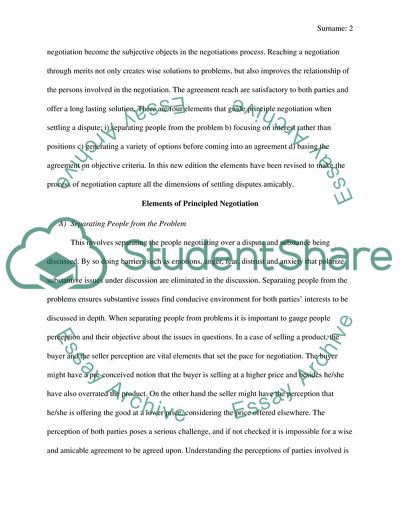Book review Report/ Example | Topics and Well Written Essays - 1250 words - 4. https://studentshare.org/literature/1851648-book-review
Book Review Report/ Example | Topics and Well Written Essays - 1250 Words - 4. https://studentshare.org/literature/1851648-book-review.


